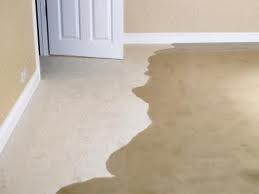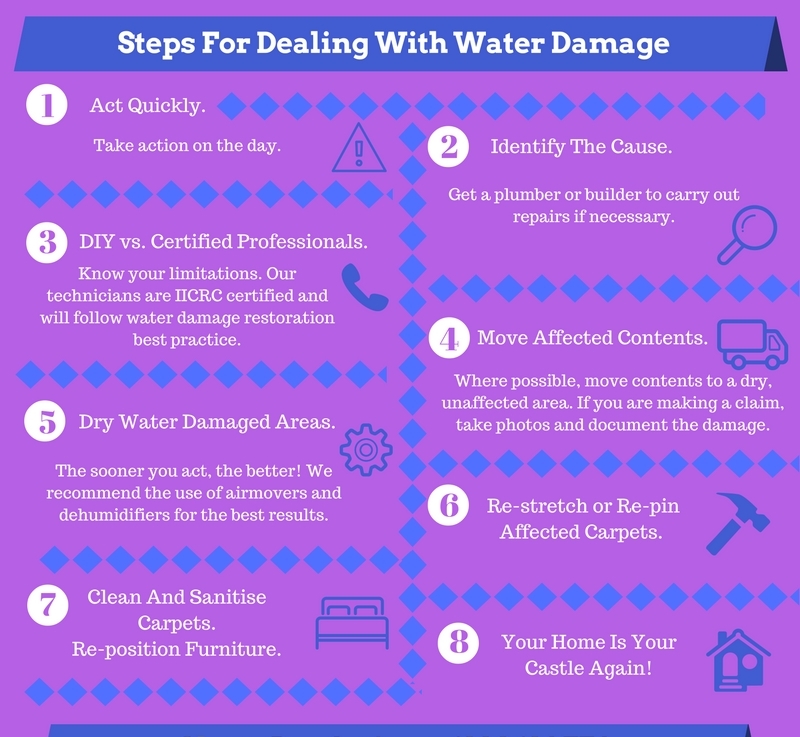How Do You Dry Wet Carpets – Expert Advice


The question of how do you dry wet carpets, should not be your starting point. Before you ask how you need to answer some other questions. Water damage to carpets falls into 3 broad categories. The first question is around the type of water damage. The categories are:
Clean water. This may come from a cistern leak or bath overflow.
Greywater. Washing machines or dishwashers can cause this type of flooding.
Black water. Sewage backup or river flooding are to blame.
We strongly recommend that if you want to do the work yourself, you do not attempt to dry black water affected carpets. There are potential health hazards to you and your family that outweigh the potential savings by some distance. Carpets affected by sewage should be removed from the property and disposed of as soon as possible.
The second question that springs to mind are how wet is the carpet. If you walk on a carpet and water appear where you stepped, the carpet is most likely saturated. Our company would use moisture probes if the extent of the water damage is not that obvious. Lifting the carpet and inspecting the underlay and subfloor is also an effective way to determine the size and extent of the damage.
The third question relates to the type of underlay. If you lift the carpet and you notice wet felt underlay, get a Stanley knife or a pair of scissors and remove it asap. Rubber underlay presents fewer problems as the material is antimicrobially treated. Foam underlay quite often is so saturated that we remove and replace with rubber underlay to speed the drying process up.
The fourth question is about the subfloor. Concrete and wood floors are dried easily whilst a magnesite floor is too specialised for you to tackle.
Question number five is about the smooth edge condition. Quite often the smooth edge is old, in poor condition and mouldy from previous moisture ingress. You may need to get a carpet fitter in to replace some damaged areas before the dried carpet is refitted.
Question number six looks at the general condition of the carpet. Old and rippled carpets point to backing delamination – save yourself all the work and get a new carpet. Have a look at the backing of the carpet. Visible black mould on the hessian backing also points to replacement. Trying to dry a mouldy wet carpet will spread mould spores throughout your home and cause secondary damage over time.
The DIY green light comes from:
- Clean water source.
- Carpet should not be sopping wet.
- Rubber underlay.
- Concrete or wood floor.
- Newish smooth edge.
- Carpet in good condition.
What Do You Need to Do The Restoration?


Strength to move contents and furniture. Best to move items to a dry area in the property.
Extraction equipment plus bucket.*
Fan and or dehumidifier to dry carpet, underlay and subfloor.*
Disinfectant to spray all affected surfaces.
Kneekicker to tension the carpet back onto the smooth edge.*
Carpet cleaning machine. *
*Can be rented at places like Kennards.
How to dry wet carpets in a effective and safe manner requires experience and knowledge. Even if you follow all the advice and have the ideal conditions, there is really no substitute for using experts.
Give Chem-Dry QuickDry a call today!
We also clean and restore: